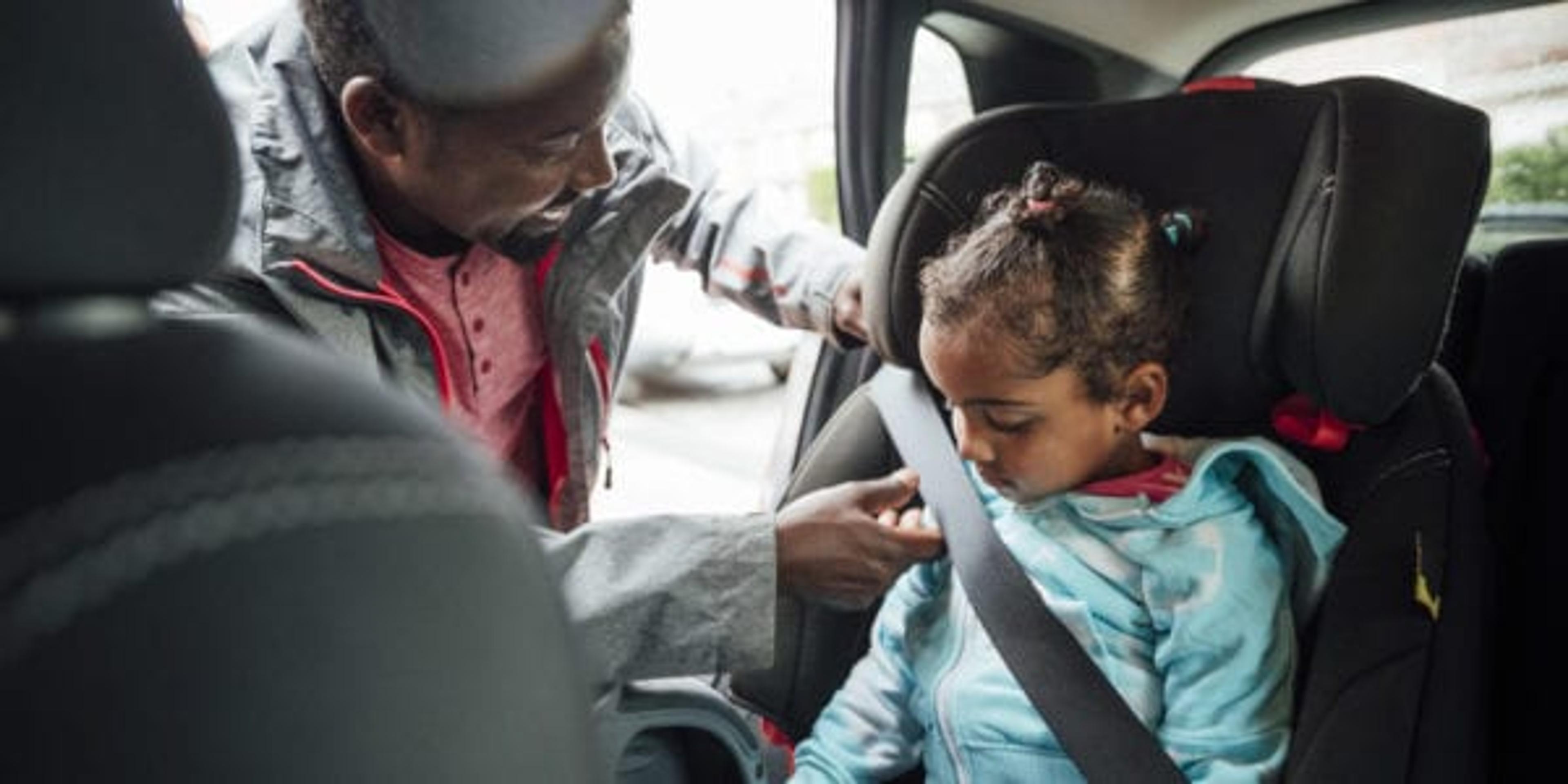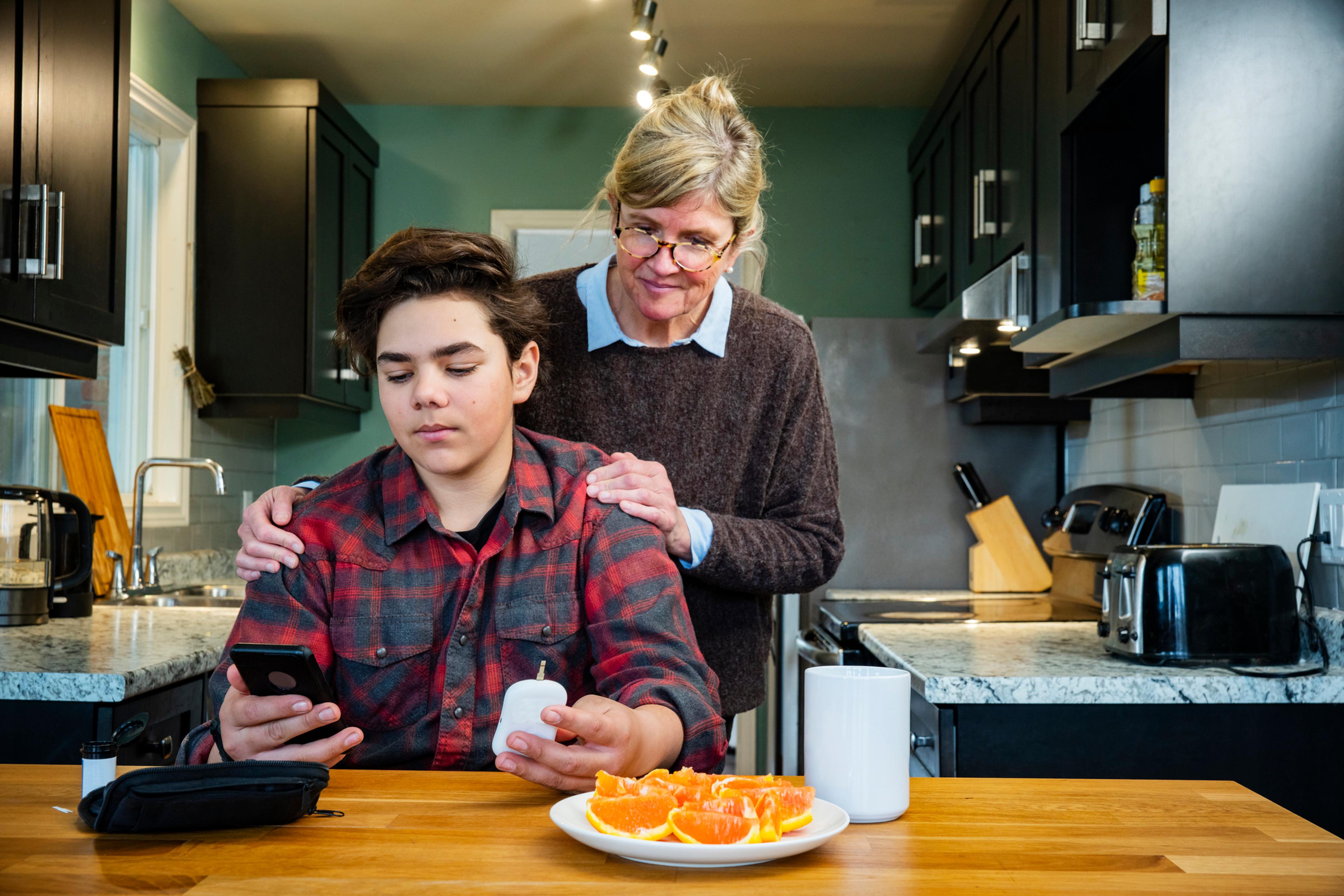Child Safety and Protection Month
Zach Micklea
| 3 min read

November is Child Safety and Protection Month. It was created to raise awareness about the potential dangers that children face each and every day.
We all want to protect our children, but the world can be a scary place, especially during a global pandemic. We do not always have control over every situation that our children encounter. Unintentional injuries or accidents are the leading cause of death for children ages 1 to 14.
If your children are old enough, start by talking to them about potential dangers and teaching them what to do in case of an emergency. Taking proper safety precautions, discussed below, can help reduce the number of unintentional injuries and deaths.
Safety at home
Many children are spending time at home more than ever due to the pandemic. Before looking at ways to promote child safety within the community, it is important to promote safety and protection in our own homes.
- Household safety: Keep cleaning supplies, medicines and other chemicals locked away or on a high shelf, and be sure to put these items away immediately after each use. Make sure all prescription medications, vitamins and minerals have a childproof cap and are on a high shelf or in a locked cabinet. Never use food containers to store nonfood substances. Save the contact for your local Poison Control department in your phone to use in the case of an accidental poisoning.
- Safety in the yard: Never leave children alone outside. Ensure your children are always wearing helmets when using bicycles, skateboards and other riding toys. Always use safety straps to secure children in strollers, and do not put children who cannot sit up on their own in wagons that have low sides. Teach children not to play near the road, and explain that children must ask for help if toys roll into the street.
Raising awareness in the community
Keeping children safe is a team effort. Here are a few tips to raise awareness of safety and protection in your community:
- Share resources: Every member of the community, whether they are a parent or not, should have access to safety tips to help keep the children in the community safe. Printing out safety tips and other resources and sharing them is an impactful way that you and our family can spread awareness.
- Create a clean, safe neighborhood. Ensure that both your indoor and outdoor space is clean and clutter-free. Organizing a community clean-up day with family, friends and neighbors is a great way to meet your neighbors, remove litter and other hazardous materials. Additionally, a well-cared-for neighborhood with mowed lawns, flowers and freshly painted houses can help deter crime and positively affect childhood development.
Remember that childhood safety and protection start at home. It is never too early to begin teaching your children about safety. Try to make it fun. Start by helping them identify dangers around the house through explaining the potentially dangerous objects around the house. Then move on to teaching them about safety within the community. This month is a great opportunity to teach your children and raise awareness about child safety and protection in your home and community.
Related:
Photo credit: SolStock





